Portable Eddy Current Flaw Detectors
Portable eddy current (EC) flaw detectors inspect metallic parts and perform highly reliable and advanced flaw detection of surface and near-surface defects. Olympus offers portable eddy current equipment to meet a broad range of applications, including the detection of surface or near-surface defects, and the inspection of bolt holes. Our eddy current testing equipment includes the latest advances in eddy current flaw detection for precise use in various inspection applications. In an eddy current inspection job, you need equipment you can trust. Our eddy current flaw detectors are built with endurance in mind and are field-proven to withstand even the most demanding conditions. |
Eddy Current Flaw Detectors
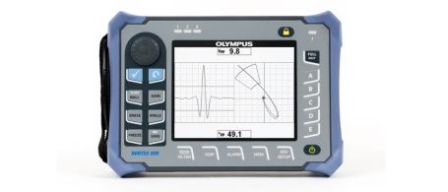
NORTEC 600
The new NORTEC 600™ incorporates the latest advancements in high-performance eddy current flaw detection into a compact, durable unit. With its vibrant 5.7-inch VGA color display and true full-screen mode, the NORTEC 600 produces user-selectable, high-contrast eddy current signals.

Probes for Tube Inspection
These probes for tube inspection are lightweight but solidly constructed and use eddy current, remote field, magnetic flux leakage, and IRIS ultrasound technologies. These probes are used for ferromagnetic or non-ferromagnetic tube inspection applications.
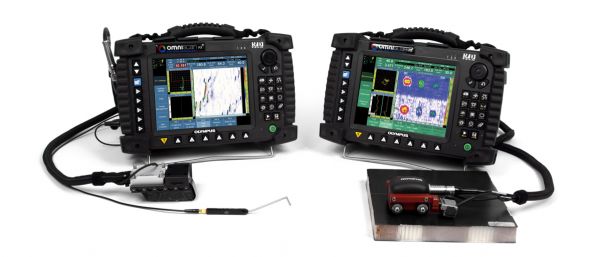
OmniScan MX ECA/ECT
The OmniScan™ MX ECA/ECT flaw detector is used to perform eddy current array testing inspections. The test configuration supports 32 sensor coils (up to 64 with an external multiplexer) working in bridge or transmit-receive mode. The operating frequency ranges from 20 Hz to 6 MHz with the option of using multiple frequencies in the same acquisition.
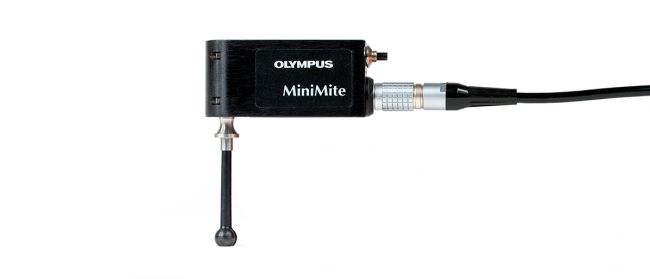
Rotating Bolthole Scanners
Our high-performance eddy current bolt hole scanners are available for use with NORTEC eddy current flaw detectors. Features include speed ranges from 600 to 3000 rpm, frequency ranges from 100 Hz to 6 MHz, multiple connector types, and multiple probe types.
Eddy Current Testing Equipment FAQs
How does eddy current measurement work?
Eddy current testing is a nondestructive testing (NDT) method that can be used for various inspection and detection applications. Eddy current inspections work using an electromagnetic field to measure the response from a material. Eddy current testing equipment generates magnetic fields, which induce a current that flows in a test piece (e.g., a conductor such as a coil). This influences the magnetic field, as well as the magnitude and phase of voltage in the coil. Any changes in conductivity, such as defects or thickness differences, can affect the resulting eddy current. This technology can then be used to measure distance or to detect flaws in conducting materials such as corrosion, erosion, wear, pitting, baffle cuts, wall loss, and cracks.
Eddy Current Flaw Detector Resources
Inspecting Carbon Steel Welds with the NORTEC 600 Flaw DetectorThis video discusses the inspection of carbon steel welds, showing how the NORTEC 600 eddy current flaw detector can streamline your inspection process. | |
Basic Aerospace Eddy Current Array Setup Using the OmniScan™ MX Flaw DetectorThis video shows how to start an eddy current array setup from scratch to get a C-scan image. | OmniScan MX: Basic Aerospace Eddy Current Array set up using the OmniScan MX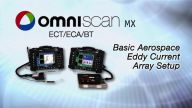 OmniScan MX: New Developments and Upgrades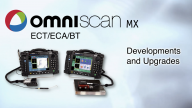 Webinar - Stress Corrosion Cracking Inspection using Eddy Current Array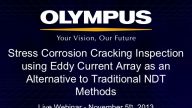 Webinar - Bond Testing C-scan - Inspection of Composite Honeycomb Structures using the OmniScan MX |
